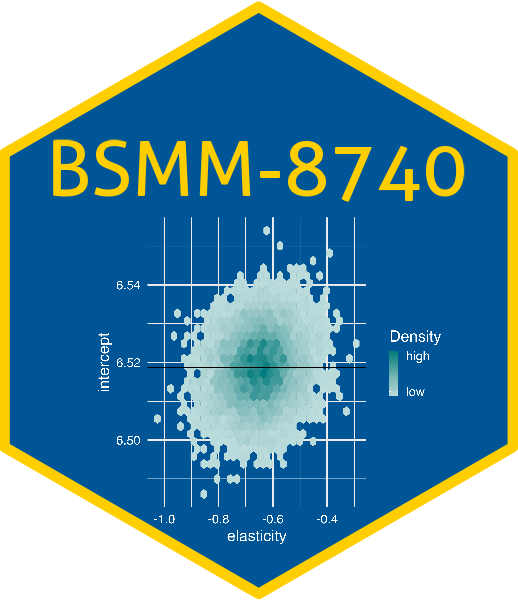Exam-like questions
Notes on quizes, midterms and the final exam
Each quiz, midterm and the final exam will consist of two parts:
- Part 1 - Conceptual: Simple questions designed to evaluate your familiarity with the written course notes.
- Part 2 - Applied: Data analysis in RStudio (like a usual lab, but simpler).
Conceptual Questions
Here are examples of the conceptual questions that might be asked:
What is the primary difference between inner_join() and left_join()? a) inner_join() keeps all rows from both tables, left_join() keeps all rows from the left table b) inner_join() keeps only matching rows, left_join() keeps all rows from the left table c) inner_join() is faster, left_join() is more accurate d) There is no difference
In the context of tidy data, which of the following is NOT a principle? a) Every column is a measurement b) Every row is an observation c) Every cell is a single value d) Every dataset has multiple tables
What does the step_dummy() function in recipes do? a) Remove duplicate rows b) Create dummy variables for categorical predictors c) Impute missing values d) Scale numeric variables
Which of the following is NOT a step in the typical Tidymodels workflow? a) Data splitting b) Model specification c) Model training d) Database querying
Applied Questions
Here are examples of the applied questions that might be asked:
Using the ggplot2::diamonds dataset. Using tidyverse functions: a) Create a new variable called ‘size’ that is the product of x, y, and z. b) Filter out any diamonds with a price greater than $10,000 or less than $500. c) Fit a multiple regression model predicting price based on carat, cut, and size. d) Use broom::augment() to add residuals and fitted values to your dataset.
Using the datasets::mtcars dataset, create a linear regression model to predict mpg based on wt and hp. Use the tidyverse and broom packages to: a) Create a tibble with only the mpg, wt, and hp columns. b) Fit the linear model. c) Extract the model coefficients and their p-values into a tidy tibble.
